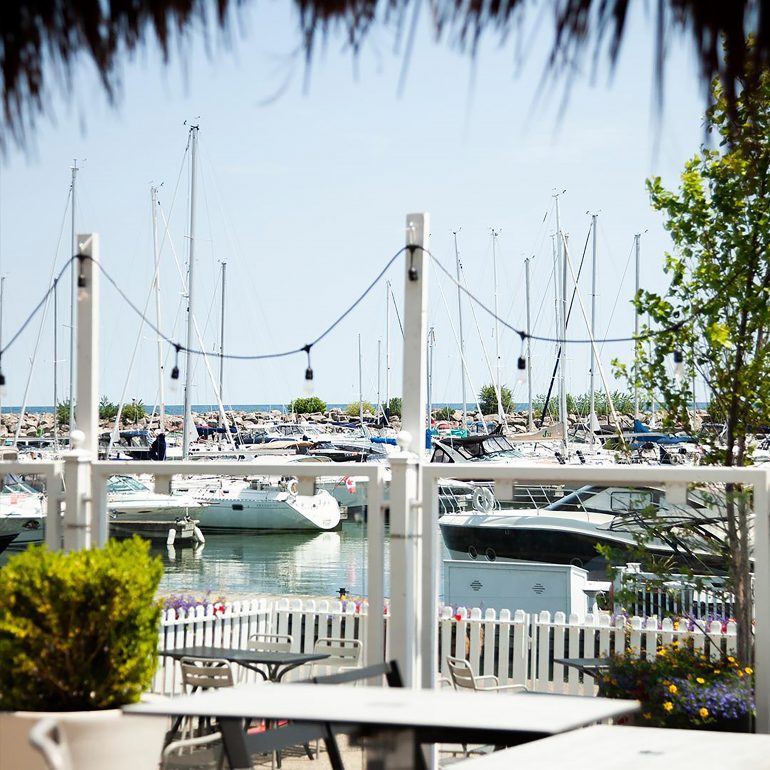As you stroll around Bronte enjoying one-of-a-kind shopping, fine dining and waterfront events, you may be unaware of the fascinating history of this former
commercial fishing port. But if you close your eyes and inhale the air flowing off Lake Ontario, it’s easy to visualize Bronte’s early days, when the harbour was newly completed and shipbuilding and fishing industries were vital to the villagers’ survival.
THRIVING PORT
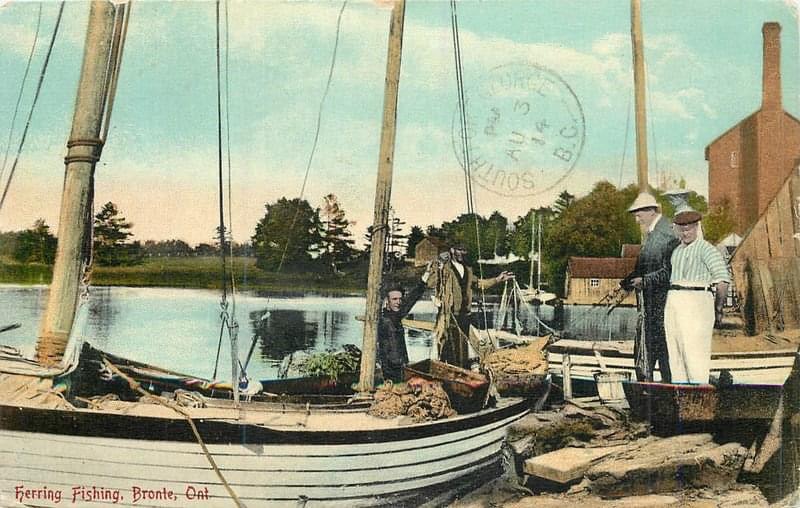
The first people to discover the importance of the area’s waterway, where Twelve Mile Creek (Bronte Creek) meets Lake Ontario, were the Mississaugas of the Credit First Nation who used the waterway for transportation, hunting, and fishing.
European settlement began in the 1800s, and when the village of Bronte was founded in 1834, it boasted a population of 200. As Maryanne Mason, a historian at the Bronte Historical Society (BHS), is quick to point out, “It is not named for those sisters!” Currently celebrating its 191st year, Bronte was named for British Naval hero Horatio Nelson, who was given the title Duke of Bronte by King Ferdinand of the Two Sicilies. Bronte’s first settlers, many of whom were United Empire Loyalists, were quick to show their loyalty to the crown by choosing this name.
After the development of Bronte Harbour, completed in 1856, the village evolved into a busy Lake Ontario port known for ship building, fishing, grain processing, and the stonehooking industry (hooking flat shale slabs from shallow water to be used in construction).
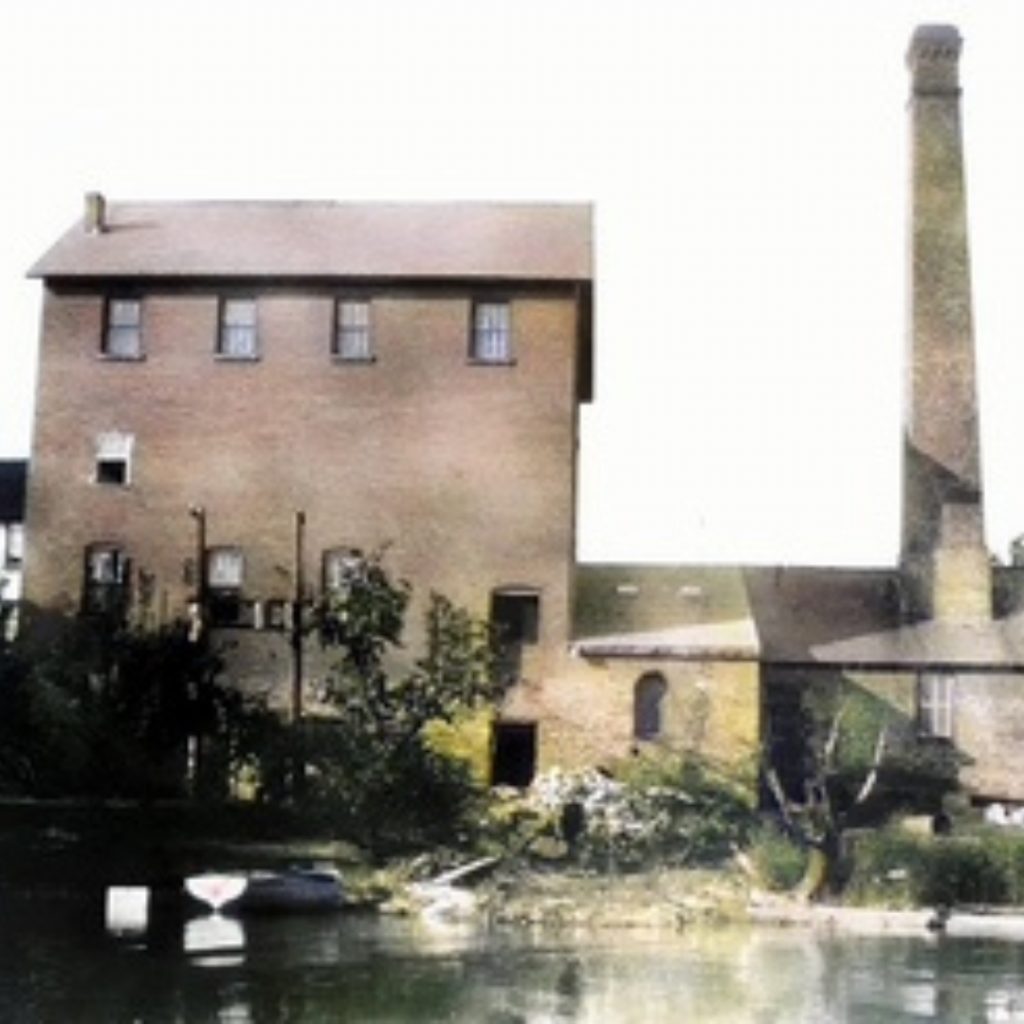
SAFE REFUGE
An important figure in Bronte’s history is Samuel Adams, an inventor who is thought to have aided American slaves seeking freedom along the Underground Railroad. “He was a free black man who came up from the Baltimore area in 1851,” Mason says. “He brought $800 in gold to Bronte and established a blacksmith shop. He also developed the stonehooking rake.”
Adams was one of Bronte’s major landowners, with 13 different properties, and might have hidden people who were escaping slavery. “The Fugitive Slave Act of 1850 allowed slave owners and bounty hunters to come up into Canada to take back slaves,” Mason says. “It was very important to house and protect them.”
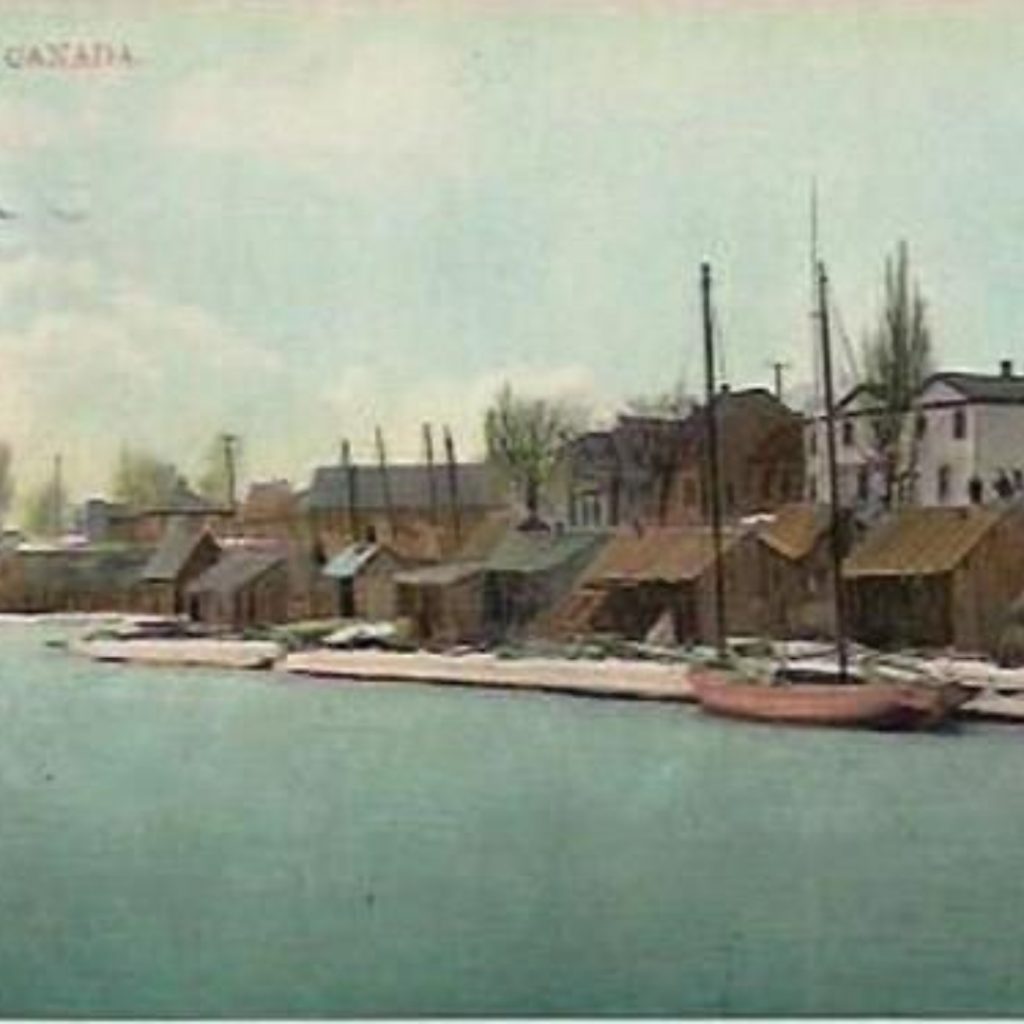
Some black settlers lived in cabins on Twelve Mile Creek, and today we can find the Duncan MacDonald/Harry Hartlands House which is representative of those types of homes. It takes searching to find the home, but you can find it on Ontario Street, behind Bronte’s first Post Office (circa 1870) and near the Glendella Cottage (which was originally Thompson Hotel, a stagecoach stop)
A tribute to Bronte’s past is the Bronte Commercial Fishermen’s Memorial, located at Fisherman’s Wharf Park, at the foot of Bronte Road. Unveiled in 2007, the
memorial pays tribute to people who made a living — and some who lost their lives — on Lake Ontario.
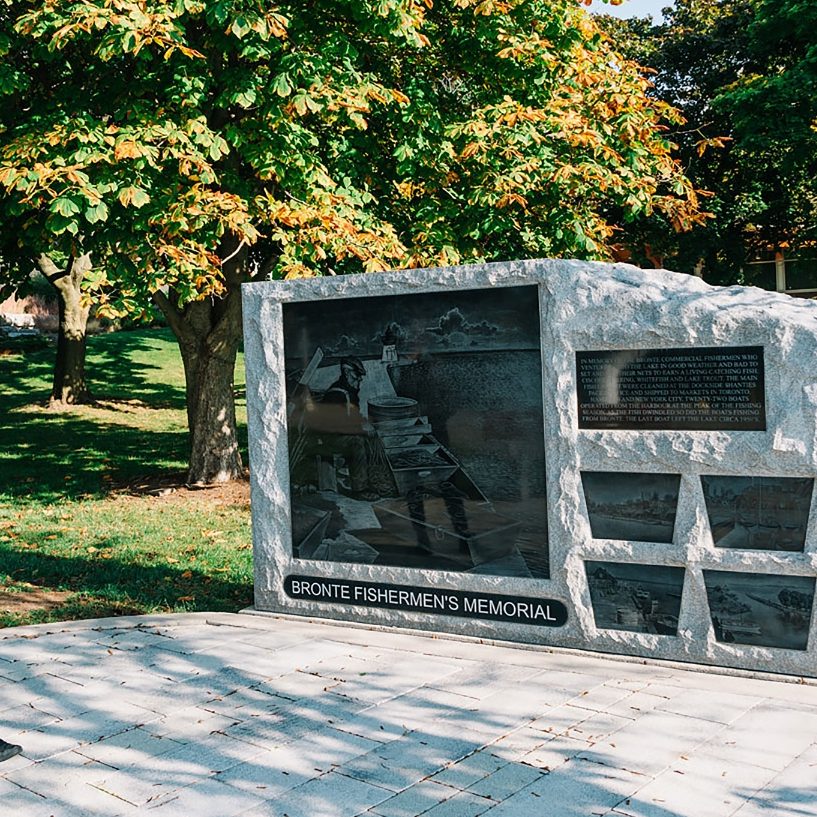
RICH IN CULTURE AND INDUSTRY
With a village so rich in history it’s vital to have a focal point to discover more. The Sovereign House/Mazo de la Roche Display Centre, which has housed the BHS since 1996, is a 200-year- old farmhouse where Bronte’s first school teacher, Charles Sovereign lived from 1825 to 1846, Sovereign also served as Secretary for the Bronte Harbour Company, which was instrumental in dredging the creek and creating Bronte’s new harbour, enabling the village to become an important fishing port for close to 90 years.
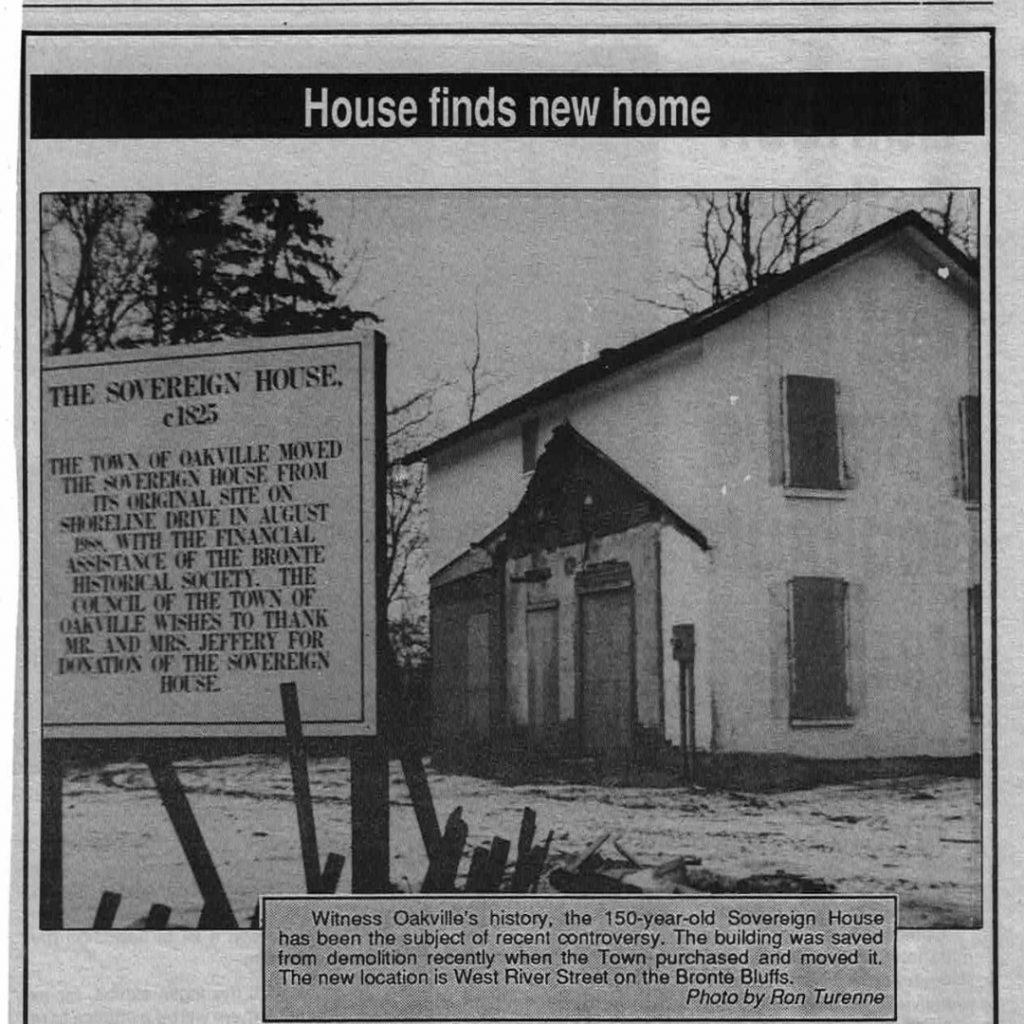
Sovereign House has also been home to Mazo de la Roche, who wrote the popular Whiteoaks of Jalna series of 16 novels in the late 1920s. Today the display centre is operated by BHS volunteers from May to October, featuring rooms of memorabilia, photographs and artifacts (including a collection of first edition Jalna books, to the delight of de la Roche fans).
Now that you’ve had a taste of the fascinating history of Bronte, contacting the Bronte Historical Society should be the next step on your journey to becoming a present day explorer in your own town!

Local history buffs should check out…
Bronte Historical Society
brontehistoricalsociety.ca
brontehistoricalsociety@bellnet.ca
To consult with the historian,
email: historian@brontehistoricalsociety.ca
Bronte Cemetery
BRONTE VILLAGE
Bronte Post Office
2411 ONTARIO STREET
The Sovereign/ Mazo de la Roche Display Centre,
7 WEST RIVER STREET, BRONTE
Sovereign House is open to the Public:
From May 23rd to October 25th:
Saturday Sunday and Wednesday
1:00 – 4:00, and some statutory holidays
Bronte Commercial
Fishermen’s Memorial
FISHERMAN’S WHARF PARK
Glendella Cottage
(originally Thompson Hotel)
2411 ONTARIO STREET
Bronte Cenotaph
BRONTE GORE PARK
2457 LAKESHORE ROAD WEST
Cenotaph at Chris Vokes
Memorial Park
2500 Lakeshore Road West
Canadian Caribbean
Association of Halton
2302 BRIDGE ROAD
ccah.ca
BY CYNDI INGLE


